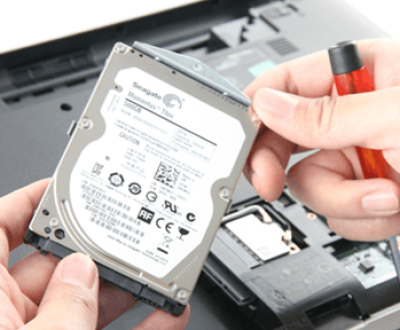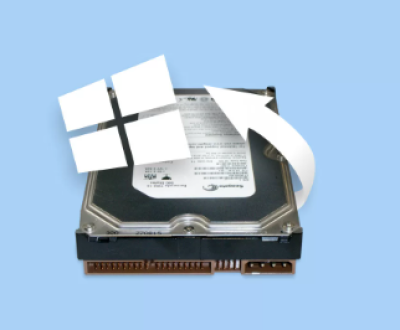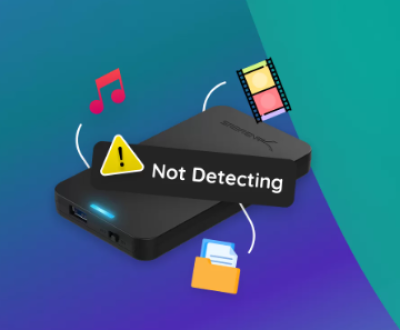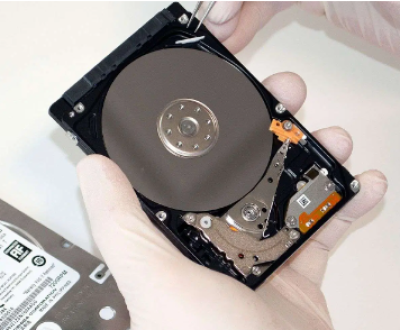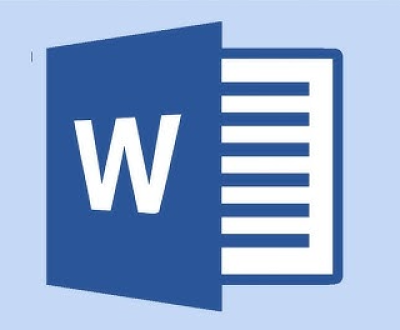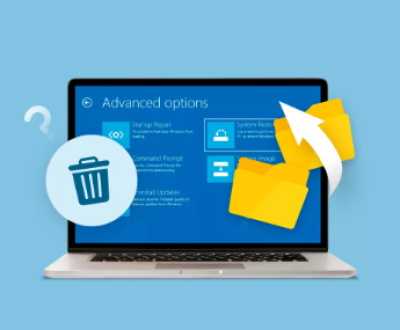Before diving into the technical steps of running an ISO file from a hard drive, it’s important to understand what an ISO file is and why it’s used. An ISO file (also known as an ISO image) is a complete, compressed archive of the contents of a disc, such as a CD, DVD, or Blu-ray. This single file format contains everything that would normally be on the physical disc, including system files, bootable data, software programs, or multimedia content. The advantage of using an ISO file is that it allows you to store and distribute data without the need for a physical medium.
There are several scenarios where you might want to run an ISO file directly from a hard drive:
Running an Operating System: You can run an operating system installation or live environment directly from an ISO, which can be especially helpful for testing or repairs.

Mounting Software: Many software installers come in ISO format. Running them from the hard drive eliminates the need to burn a physical disc.
Creating Virtual Machines: When using virtualization software like VMware or VirtualBox, an ISO file is often used to create a virtual machine.
Bootable Media: ISO files are often used to create bootable media, like USB drives, which you can use to run or install an OS.
Running ISO files from a hard drive eliminates the need to waste physical discs and provides faster access times.
Method 1: Mounting an ISO File on Windows
On Windows 8 and later, mounting an ISO file is a straightforward process. Here’s how to do it:
Find the ISO File: Locate the ISO file on your hard drive using File Explorer.
Right-Click the File: Right-click the ISO file, and you should see an option that says “Mount.”
Mount the ISO: Click the “Mount” option. Windows will treat the ISO file as if it were a physical disc, creating a virtual drive that you can access from File Explorer.
Access the Mounted Drive: Open “This PC” and you’ll see a new virtual drive listed under “Devices and drives.” You can open this drive and run any executable or file within the ISO.
Note: The mounted ISO will act like a physical CD or DVD, so you can run the software, install an OS, or access any files as you would from a physical disc.
Method 2: Using Third-Party Software for Mounting
If you’re using an older version of Windows, like Windows 7 or Vista, you won’t have the built-in ability to mount ISO files. In this case, third-party software can help. Here are a few popular options:
Daemon Tools: One of the most widely used programs for mounting ISO files on older versions of Windows is Daemon Tools. It allows you to create virtual drives and mount ISO files with ease. The process is simple:
Download and install Daemon Tools.
Launch the program and choose the “Mount” option.
Navigate to your ISO file and select it to mount.
Virtual CloneDrive: Another free and lightweight tool for mounting ISO files. After installing it:
Right-click on the ISO file.
Select “Mount” from the context menu.
A virtual drive will be created, allowing you to access the contents.
PowerISO: PowerISO is another versatile tool that can mount and run ISO files directly from a hard drive. It also includes features like creating bootable media or extracting ISO files to other formats.
Method 3: Running an ISO Using Virtual Machines
Virtual machines (VMs) are a great way to run ISO files, especially if you want to install or test an operating system. Programs like VMware and VirtualBox make it easy to load an ISO file and run it inside a virtual environment.
Install VirtualBox or VMware: Download and install your preferred virtualization software.
Create a New Virtual Machine:
Launch VirtualBox or VMware.
Click on “New” to create a new virtual machine.
Choose the appropriate operating system you plan to run (e.g., Windows, Linux, etc.).
Attach the ISO File: During the VM creation process, you’ll be asked to select a boot disk. Instead of selecting a physical disk, browse to your ISO file stored on the hard drive and select it.
Start the Virtual Machine: Once the virtual machine is created and the ISO is attached, you can start the VM. The ISO will boot up inside the VM just like a physical disc would.
Using a virtual machine is especially useful for running operating systems without modifying your primary system, or for testing software in a sandboxed environment.
Method 4: Creating a Bootable USB Drive from an ISO
In some cases, you might want to run an ISO file from a USB drive instead of directly from a hard drive. Creating a bootable USB drive can be a great way to install an operating system or use a live environment on another computer. Here’s how to do it:
Download Rufus or a Similar Tool: One of the most popular tools for creating bootable USB drives from ISO files is Rufus. It’s a lightweight, free tool that’s easy to use.
Insert a USB Drive: Plug a USB drive into your computer. Make sure it’s large enough to hold the ISO file (e.g., 4GB or more).
Launch Rufus: Open Rufus and select your USB drive under the “Device” dropdown.
Choose the ISO File: In the “Boot selection” section, choose the ISO file from your hard drive that you want to use.
Select Partition Scheme: For most modern systems, use the GPT partition scheme, while older systems may require MBR.
Start the Process: Click “Start” and wait for Rufus to create a bootable USB drive. Once it’s finished, you can boot from the USB drive on any compatible computer.
This method allows you to run the ISO from the USB drive, which can be especially helpful if you need to run an OS installation or system repair.
Method 5: Running an ISO from a Network Share
If you need to run an ISO file from a network drive (rather than a local hard drive), you can do so by accessing the shared location over your network. Here’s how:
Share the Folder: On the computer where the ISO file is stored, share the folder containing the ISO file over the network.
Map the Network Drive: On the computer where you want to run the ISO, open File Explorer and click “This PC.” Then, select “Map network drive” from the ribbon and enter the network path to the shared folder.
Access the ISO File: Once the network drive is mapped, navigate to the shared folder and right-click the ISO file. You can mount it using the same method as if it were on your local hard drive.
This method is useful when you have multiple computers in a network and want to access and run ISO files from a central server or NAS (Network Attached Storage).
Method 6: Booting from an ISO File on a Hard Drive
In certain cases, you might want to boot an ISO file directly from your hard drive, such as when running a live OS or a recovery environment. This can be done by setting up a bootable hard drive that loads the ISO file.
Prepare Your Hard Drive: Ensure the hard drive has a partition that is bootable. This might require using a tool like EasyBCD or Grub4DOS to configure the boot loader.
Copy the ISO to the Drive: Place the ISO file on the partition you intend to boot from.
Edit the Bootloader: Use EasyBCD (on Windows) or Grub4DOS (on Linux) to add a boot entry that points to the ISO file.
Reboot Your Computer: Restart your computer and select the option to boot from the configured partition. The system will boot the ISO file as if it were a physical disc.
This method requires some technical expertise and might not be suitable for beginners, but it allows for advanced uses, such as running a Linux live environment from a hard drive without needing a USB stick.
Conclusion: The Versatility of ISO Files
Running an ISO file from a hard drive is a versatile and efficient way to access software, install operating systems, or test new environments without relying on physical discs. Whether you use the built-in tools in Windows, third-party software, or virtualization platforms, there are several methods available to run ISO files depending on your needs. Each approach has its advantages, and the method you choose will depend on your specific goals, from testing a new OS to installing software or creating bootable media.
About us and this blog
Panda Assistant is built on the latest data recovery algorithms, ensuring that no file is too damaged, too lost, or too corrupted to be recovered.
Request a free quote
We believe that data recovery shouldn’t be a daunting task. That’s why we’ve designed Panda Assistant to be as easy to use as it is powerful. With a few clicks, you can initiate a scan, preview recoverable files, and restore your data all within a matter of minutes.
Subscribe to our newsletter!
More from our blog
See all postsRecent Posts
- How to recover data from portable hard drive 2025-07-10
- How to recover data from a broken hard drive 2025-07-10
- How do i recover files from a formatted hard drive 2025-07-10

 Try lt Free
Try lt Free Recovery success rate of up to
Recovery success rate of up to

